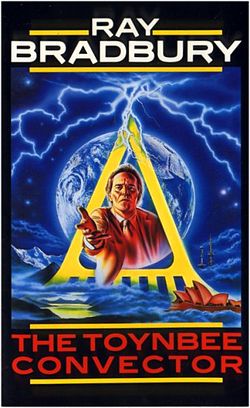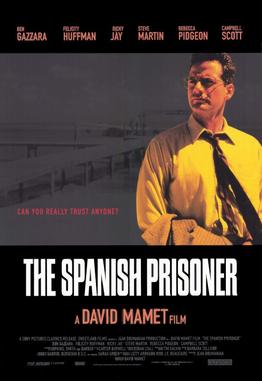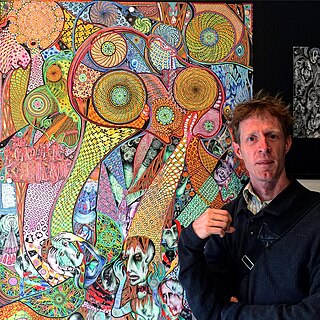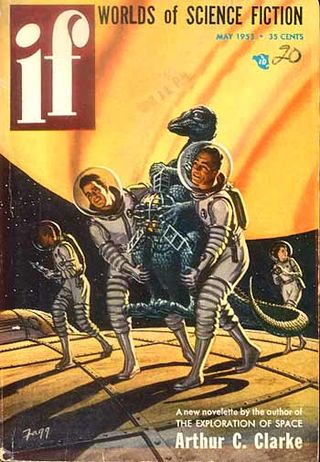
David Alan Mamet is an American playwright, filmmaker, and author. He won a Pulitzer Prize and received Tony nominations for his plays Glengarry Glen Ross (1984) and Speed-the-Plow (1988). He first gained critical acclaim for a trio of off-Broadway 1970s plays: The Duck Variations, Sexual Perversity in Chicago, and American Buffalo. His plays Race and The Penitent, respectively, opened on Broadway in 2009 and previewed off-Broadway in 2017.

Mumia Abu-Jamal is an American political activist and journalist who was convicted of murder and sentenced to death in 1982 for the 1981 murder of Philadelphia police officer Daniel Faulkner. While on death row, he has written and commented on the criminal justice system in the United States. After numerous appeals, his death penalty sentence was overturned by a federal court. In 2011, the prosecution agreed to a sentence of life imprisonment without parole. He entered the general prison population early the following year.

Arnold Joseph Toynbee was an English historian, a philosopher of history, an author of numerous books and a research professor of international history at the London School of Economics and King's College London. From 1918 to 1950, Toynbee was considered a leading specialist on international affairs; from 1924 to 1954 he was the Director of Studies at Chatham House, in which position he also produced 34 volumes of the Survey of International Affairs, a "bible" for international specialists in Britain.

Richard Jay Potash, was an American stage magician, actor and writer. In a 1993 profile for The New Yorker, Mark Singer called Jay "perhaps the most gifted sleight of hand artist alive". In addition to sleight of hand, he was known for his card tricks, card throwing, memory feats, and stage patter. He also wrote extensively on magic and its history. His acting credits included the films The Prestige, The Spanish Prisoner, Mystery Men, Heist, Boogie Nights, Tomorrow Never Dies, Heartbreakers, State and Main, House of Games and Magnolia, and the HBO series Deadwood. In 2015 he was the subject of an episode of PBS's American Masters, the only magician ever profiled in the series.

Dorothy Harriet Camille Arnold was an American socialite and heiress who disappeared under mysterious circumstances in New York City in December 1910.

"The Toynbee Convector" is a science fiction short story by American writer Ray Bradbury. First published in Playboy magazine in 1984, the story was subsequently featured in a 1988 short story collection also titled The Toynbee Convector.
Lindsay Ann Crouse is an American actress. She made her Broadway debut in the 1972 revival of Much Ado About Nothing and appeared in her first film in 1976 in All the President's Men. For her role in the 1984 film Places in the Heart, she received an Academy Award nomination for Best Supporting Actress. Her other films include Slap Shot (1977), Between the Lines (1977), The Verdict (1982), Prefontaine (1997), and The Insider (1999). She also had a leading role in the 1987 film House of Games, which was directed by her then-husband David Mamet. In 1996, she received a Daytime Emmy Award nomination for "Between Mother and Daughter", an episode of CBS Schoolbreak Special. She is also a Grammy Award nominee.
Hugh Marjoe Ross Gortner is a former evangelist preacher and actor. He first gained public attention during the late 1940s when his parents arranged for him to be ordained as a preacher at age four, due to his extraordinary speaking ability. He was the youngest known in that position. As a young man, he preached on the revival circuit and brought celebrity to the revival movement.

The Spanish Prisoner is a 1997 American neo-noir suspense film, written and directed by David Mamet and starring Campbell Scott, Steve Martin, Rebecca Pidgeon, Ben Gazzara, Felicity Huffman and Ricky Jay. It tells a story of corporate espionage conducted through an elaborate confidence game.
Steven E. de Souza is an American screenwriter, producer and director of film and television. He is known for writing several high-profile action films of the 1980's and '90s, notably 48 Hrs., Commando, The Running Man, Die Hard and its first sequel, Hudson Hawk, and Judge Dredd.

Robert Prosky was an American actor. He became a well-known supporting actor in the 1980s with his roles in Thief (1981), Christine (1983), The Natural (1984), and Broadcast News (1987).

Jericho is an American post-apocalyptic action drama television series, which centers on the residents of the fictional city of Jericho, Kansas, in the aftermath of a nuclear attack on 23 major cities in the contiguous United States. It was produced by CBS Paramount Network Television and Junction Entertainment, with executive producers Jon Turteltaub, Stephen Chbosky, and Carol Barbee. It was shown in more than 30 countries.

Justin Duerr is an American artist, musician, and writer. A fixture of both the underground punk rock and outsider art scenes in Philadelphia for decades, Duerr is best known for his research into the Toynbee tile phenomenon as depicted in the 2011 documentary film Resurrect Dead: The Mystery of the Toynbee Tiles. His musical and artistic output includes albums with various groups and numerous artworks.
Doug Block is an American documentary filmmaker. He is best known for his work on the documentaries 112 Weddings, 51 Birch Street, Home Page, The Kids Grow Up and more.

"Jupiter Five" is a science fiction short story by British writer Arthur C. Clarke, first published in the magazine If in 1953. It appeared again in Clarke's collection of short stories Reach for Tomorrow, in 1956, and deals with the detection and exploration of an old spaceship from outside the Solar System.

White Heat is a 1949 American film noir directed by Raoul Walsh and starring James Cagney, Virginia Mayo and Edmond O'Brien.

Doug Worgul is an American writer and editor based in Kansas City.
Gerry Becker was an American theatre, film, and television actor.
Resurrect Dead: The Mystery of the Toynbee Tiles, directed by Jon Foy, is a 2011 independent documentary film about the Toynbee tile phenomenon. The film was selected for the 2011 Sundance Film Festival in the U.S. Documentary category, and Foy won the category's Directing Award.
This is a list of winners of the Sundance Film Festival Directing Award for documentary features.


















